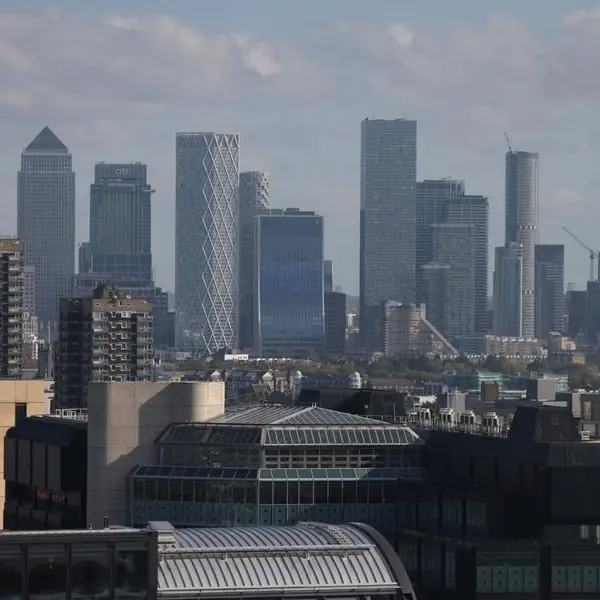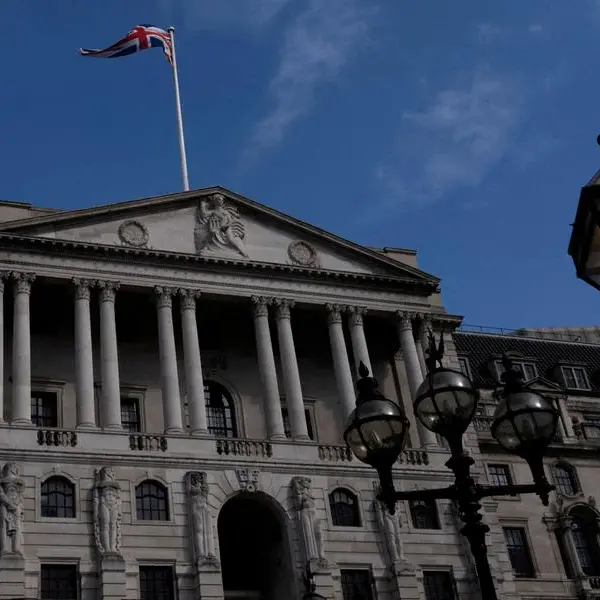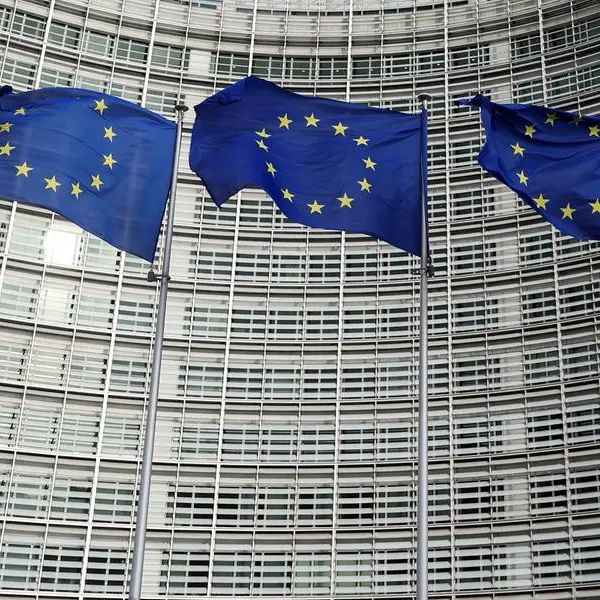PHOTO
A visitor takes photograph of a vertical farming model at the Sustainability Expo 2024 in Bangkok on September 30, 2024. (Photo by MANAN VATSYAYANA / AFP).
Nearly one in ten species of animals is threatened with extinction in Colombia, host of the UN's COP16 biodiversity summit, according to an AFP analysis based on this week's updated assessments of the world's species.
The International Union for Conservation of Nature (IUCN) compiles the reference inventory of the conservation status of biodiversity on Earth and assesses species based on their threat levels.
A similar proportion is at risk in Azerbaijan, where the COP29 will be held in mid-November, and in France.
- Colombian fauna threatened by agriculture -
As of today, the IUCN has assessed 15,446 species recorded in Colombia, of which more than half are animals.
The IUCN considers a species as threatened with extinction when it fails into one of the vulnerable, endangered or critically endangered categories. More than nine percent of assessed Colombian species are in these categories.
Iconic species like the blue whale or the green turtle are among the 253 endangered species. Another 150 species are assessed as critically endangered.
The vast majority of threatened species face multiple dangers. Agriculture and aquaculture are the most common threat to Colombian species at risk, impacting two-thirds of those. Harvesting of natural resources, which includes activities like hunting or fishing, comes second, with nearly 60 percent of species being impacted.
More than a hundred species suffer the consequence of climate change, echoing the words of UN chief Antonio Guterres, who warned at COP16 on Tuesday that "climate change, biodiversity loss, land degradation and pollution" were "intertwined".
- The impact of natural resource harvesting in Azerbaijan -
Azerbaijan, known for its vast reserves of gas and oil, will be the host of the COP29 climate change summit from November 11 to 22.
Of the 767 species of animals assessed in Azerbaijan by the IUCN, 69 are at risk of extinction and three have been extinct locally.
Among those, about one in five is endangered, and another one in five is critically endangered.
Birds, of which 11 percent are threatened with extinction, are comparatively more affected than six percent of mammals and four percent of insects.
The exploitation of natural resources affects more than two-thirds of threatened species, but invasive species and diseases also appear as a significant threat in Azerbaijan, impacting over 40 percent of species at risk.
A significant share of animal species -- 20 percent -- are also susceptible to climate change.
- Significant impact of climate change in France -
As of today, the IUCN has assessed 8,238 species recorded in mainland France, of which two-thirds are animals.
Among species recorded in France since 1500, eight have gone extinct globally, and another fourteen cannot be found in the country anymore.
More than 10 percent of assessed species are threatened with extinction. In particular, 58 species are listed as critically endangered. Among them are the common hamster, the North Atlantic right whale or the large alpine salamander.
At least 30 percent are also suffering the consequence of climate change and severe weather.
In the country, more than 40 percent of threatened species are affected by the harvesting of natural resources. Actions that convert or degrade habitat pose a threat to more than a third of them.
IUCN data shows all animal groups are impacted. Around 15 percent of assessed mammals, 12 percent of birds and nine percent of insects recorded in France are at risk.




















